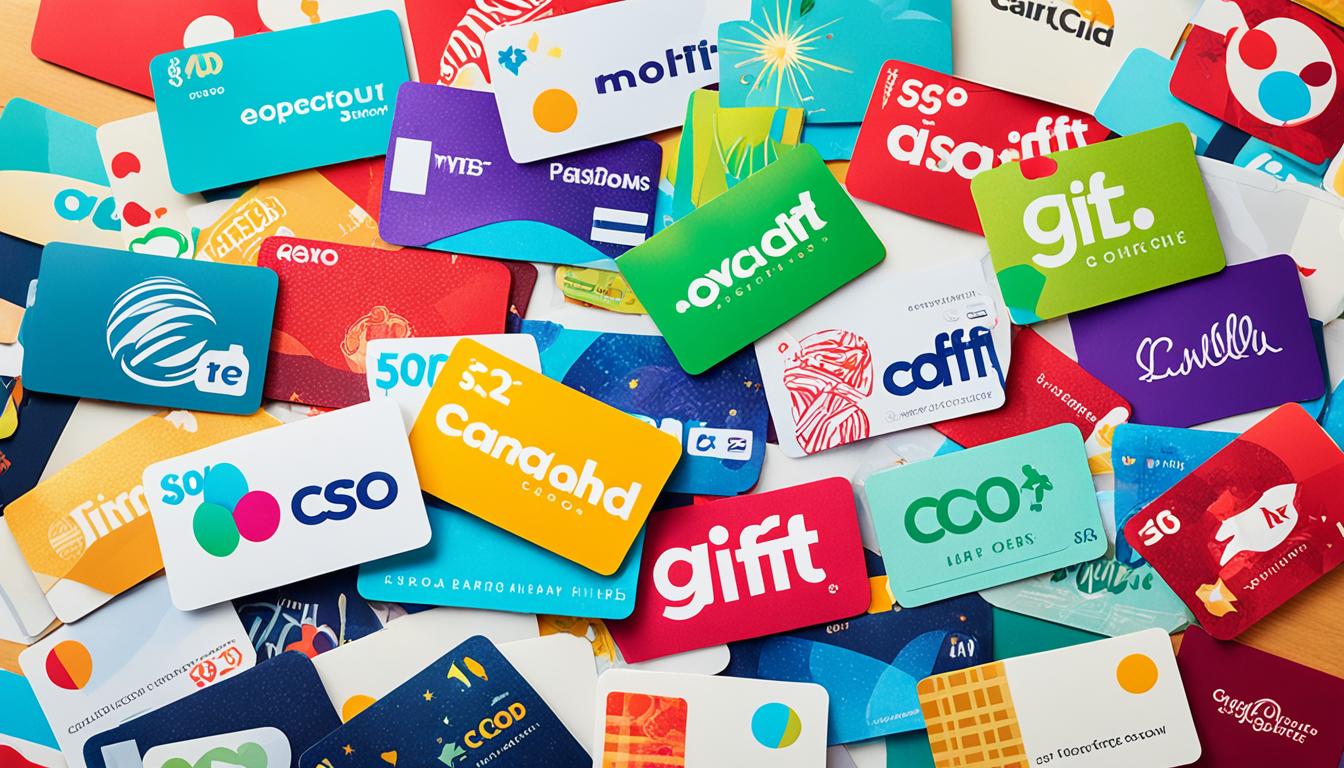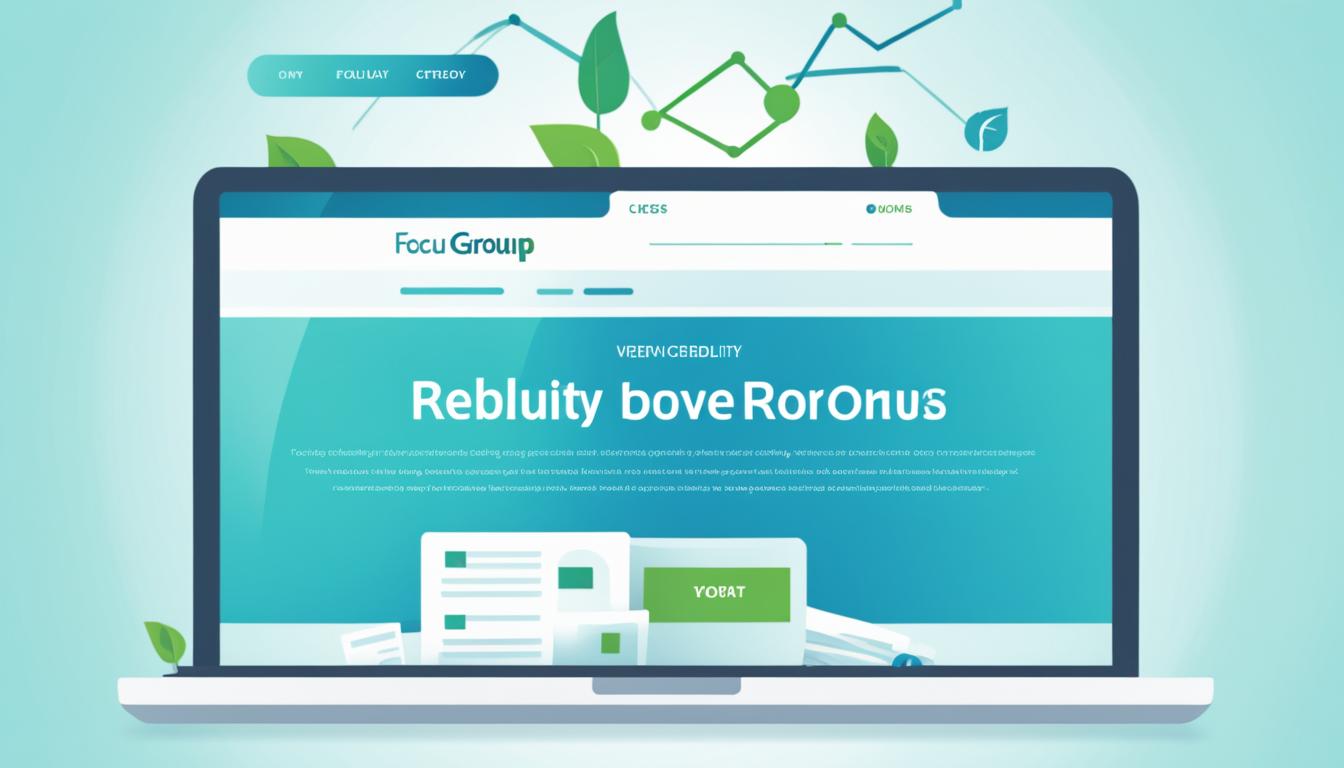Joint Accounts: The Hidden Truths You’ve Been Longing For

Oh, the joy of sharing! Sharing a pizza, sharing a Netflix account, sharing a bathroom… Wait, what? Not so much fun, right? Well, let’s talk about another kind of sharing that might just make you cringe – sharing a bank account. Yes. A joint account. The mere thought of it might send shivers down your spine. But hold on, before you run for the hills, let’s dive into the nitty-gritty of joint accounts. It might not be as scary as you think. In fact, it could be the financial revelation you didn’t know you needed.
The What and Why of Joint Accounts
A joint bank account, as the name suggests, is a shared bank account between two people. It’s like a pizza with two equal halves. You both have equal ownership, which means you can deposit or withdraw money whenever you want. No more transferring money back and forth or arguing over who buys the next round of beers. You can spend together and save together with joint checking and savings accounts.
But why would you want to share a bank account? Imagine you’re saving for a dream vacation to Sicily. With two people making regular deposits, reaching your goal might feel easier. You can cheer each other on and keep your eye on the prize. Sounds pretty good, right?
The Flip Side of Joint Accounts
But wait, there’s a catch. Your joint account holder can change their mind, withdraw that money or use it for something else entirely. Trust, therefore, is a must for anyone sharing a bank account. It’s a big step for any relationship, so it’s important to weigh the pros and cons before diving in.
Exploring bank accounts together is also a good opportunity to get comfortable talking about money. You can compare features, decide what’s important to both of you, and discuss what the account will be used for. Will it be for everyday bills? Managing debt and savings? Putting money away for a big event or purchase?
The Process of Opening a Joint Account
Once you find an account that works for both of you, follow the bank’s account opening process. Whether you open your joint account online or in person, you’ll probably both need your ID and other necessary documents.
Surprisingly, only one account holder may be needed to close a joint account. Once you’re at a zero balance, you can take your ID to your branch and fill out the correct form. However, if you’re closing your joint account online, you may both be asked to sign in separately. In some cases, faxed or mailed requests are accepted, but not often.
Is a Joint Account Right for You?
Depending on where you are in your financial journey, a joint bank account may help you reach your goals, or at least get better at discussing and planning for them. Just make sure you consider the pros and cons and agree about how you’ll manage everything from saving to spending to handling mishaps.
A financial journey for two takes work—but has advantages that make it worthwhile for many. So, are you ready to take the plunge and share a bank account? Or are you still clinging to your individual account like a safety blanket? The choice is yours. But remember, knowledge is power. And now, you’re armed with the insider secrets of joint accounts.
Building Financial Unity for Success
Now you know the unmasked truth about joint accounts. It’s not as scary as it seems, right? It’s all about trust, communication, and a shared vision of your financial goals. And who knows, it might just be the game-changing strategy you’ve been longing for.
So, whether you’re planning a dream vacation, managing debt, or saving for a big purchase, a joint account could be your ticket to financial success. It’s time to embrace the power of sharing. After all, sharing is caring, right?






